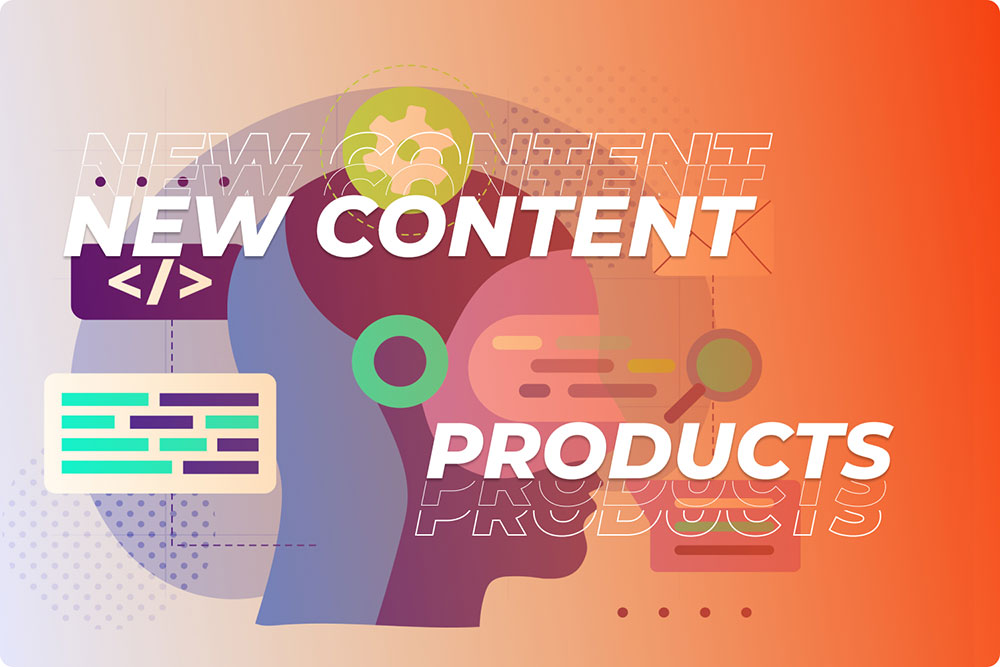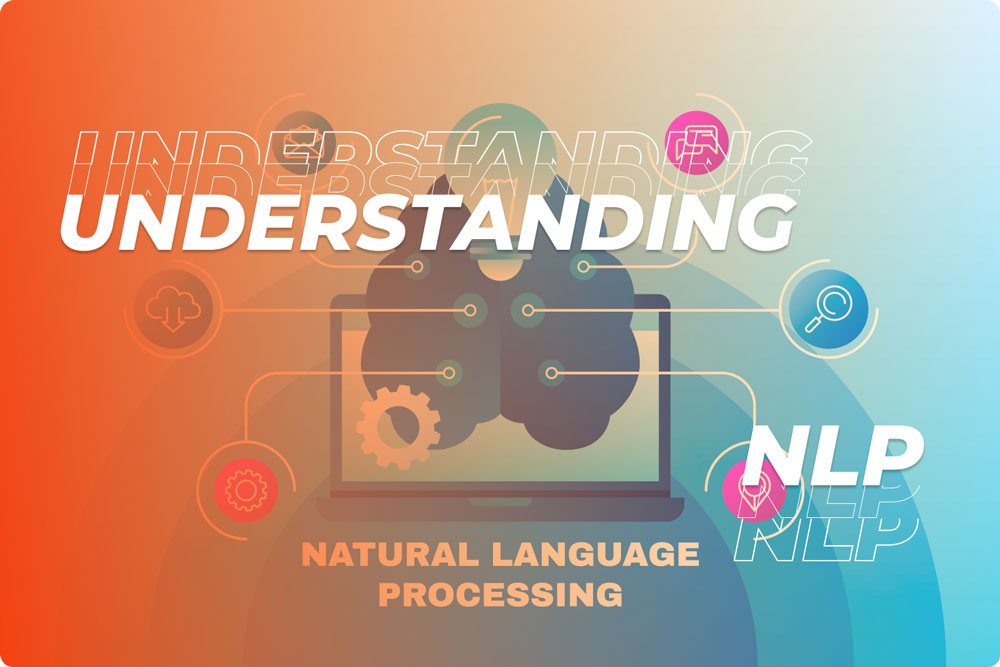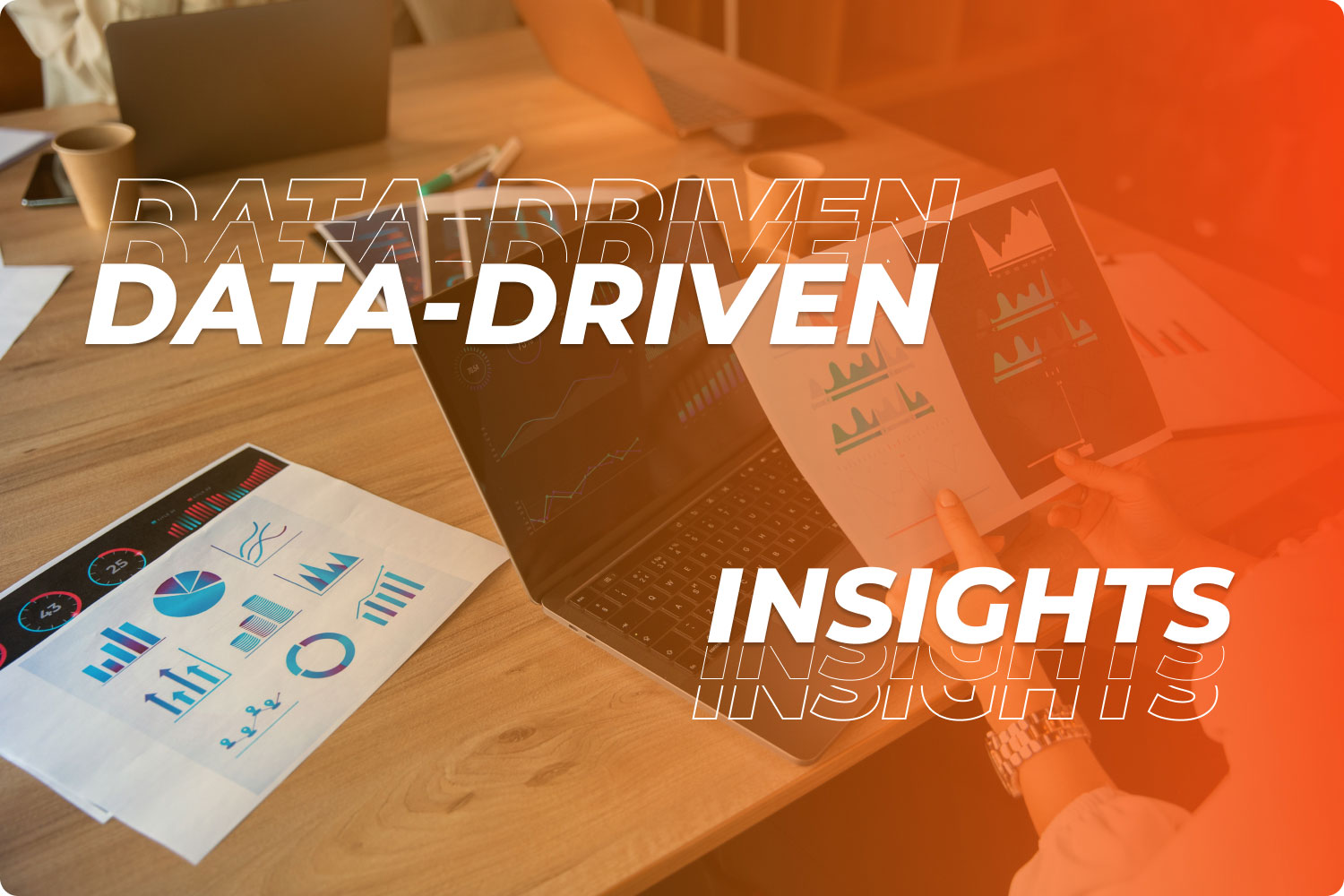The troubles IT teams face when understanding customer feedback or manually performing routine tasks are no secret to anyone. The long hours of repetitive tasks are not only a concern for the employees but the customers as well. Imagine having to wait hours on end for a simple registration or customer service query. With such a fast-paced digital landscape as it is nowadays, IT companies have little to no margin for slackness. If they won’t take measures to improve their efficiency and enhance customer experiences, they will be left behind.
Not anymore, because the IT sector has seen the emergence of two new technologies that are revolutionizing businesses. Imagine effortlessly understanding customer feedback, or creating innovative solutions with the power of language, that’s what these two powerful tools provide to IT businesses. That’s right! We are referring to Generative AI and Natural Language Processing (NLP). These two powerful branches of artificial intelligence ensure your IT business unlocks new opportunities to gain a competitive advantage in the market.
In this article, you’ll find a comprehensive account of what generative AI and NLP are and how they transform IT businesses. Read on to find out their detailed applications, benefits that IT companies gain when incorporating them.
Let’s start!
Understanding Generative AI
Generative AI is something we are all familiar with nowadays. It is a subset of artificial intelligence, and as the game suggests, it generates new content. This can be text, images or even music/videos. What makes generative AI different from traditional AI systems is that it does not analyse and interpret data; this powerful phenomenon uses patterns that it has learned from existing data to generate original content.
Here are its key features:
- Creativity: It can produce novel and unexpected outputs that you cannot explicitly program.
- Learning: It has the ability to learn a vast amount of data. It can also identify patterns and relationships from that data which can slip the human conscience.
- Generality: It is not bound by one specific type of data, meaning you can train it on data of your choice and on any topic and content you wish.
How it Works
If we were to get into the nitty gritty of the technology behind generative AI, we will find neural networks. Generative AI models use these machine learning algorithms that are inspired by the structure of the human brain. Inside these networks are interconnected layers of nodes which are also referred to as neurons. These process and transform data.
So, when it comes to training a generative AI model, you will need a large dataset of examples. Only then will it be able to identify patterns and relationships within that data. When it’s ready, you will have a tool that generates original content.
Revolutionizing IT Businesses with Generative AI
Now that we have established what generative AI is and how it works, it’s time to dive into its applications within the IT business sector. To put it broadly, generative AI is a one in a million sort of a tool that does it all. I am talking about designing products and services to automating tasks and everything in between. Then there is a whole different side of it that works for both employee and customer personalization. All in all, it is a tool that drives innovation and gives the businesses a competitive edge with the opportunity to unlock new and improved possibilities. Here is a breakdown of its applications within the IT business sector.
Creating New Content and Products
Those ideas of products and services that seemed too impractical or impossible to produce previously are now possible with the help of generative AI. If you don’t believe me just yet, here are some examples that will convince you:
- Software Development: With the amount of data that’s been incorporated into generative AI, it is not difficult for it to generate new code snippets or even entire software applications. So not only does your developmental process accelerate, but there is also a reduced chance of risk, with no human involvement. It can also perform bug detection and code optimization.
- Personalized Content: All the emails, social media posts, and product recommendations companies send to their customers can be personalized so each customer gets what they truly want to see. Then there is content generation and copywriting too.
- Design Prototyping: And if you thought we were lying about generative AI designing new products, well think again. It can be used to test different product designs quickly and efficiently. It also provides ideas based on whatever the market trends are or the feedback from you or the customer.
Enhancing Design and Creativity
So, let’s say you don’t want generative AI to design your products or services, but you want help in enhancing their design and creativity. Generative AI has got you covered there too. Here is how it’s done:
- Concept Generation: You can feed the tool with data; let’s say you have a target audience, and you want a certain type of functionality, or you have aesthetic preferences. Generative AI will give you product concepts based on these, and the ideas won’t ever stop.
- Design Optimization: As for improving designs of products or services, generative AI can take into account factors like usability, accessibility or visual appeals of your existing products and optimize their design based on where there is a need for improvement.
- User Interface Generation: One thing that always troubles users is if the interface of an IT business product is too complicated. Well generative AI can help you with that by designing a simple and effective interface that is intuitive and engaging while not being too complicated.
Automating Tasks and Improving Efficiency
Some IT tasks are extremely mundane or repetitive and require no real skill or knowledge. They consume too much of staff time which could have been directed towards more pressing matters. But now with generative AI, IT businesses can leave these tasks to the tool to be automated. Let’s look at some examples:
- Data Extraction and Summarization: Why waste an employee when your AI tool can go through unstructured sources of data. Whether it’s emails, social media posts, or text documents, it will go through them all and give you summaries, analysis, patterns and more.
- Content Creation and Management: Generative AI is the best when it comes to creating articles, blog posts and other content. But it not only creates content, but it also curates it, and can translate it as well.
- Customer Service: You all must have come across an AI chatbot or a virtual assistant when contacting customer service at an IT business website. Those handle routine customer inquiries and provide support. But you can also do email automation and knowledge base management through the same tool.
Understanding Natural Language processing (NLP)
The other piece of this puzzle that revolutionizes the IT business sector is called natural language processing. Just like generative AI, this one too is a part of a branch of artificial intelligence. This however is a bit different because its main aim is to focus on the interaction between computers and human (natural) language. Its basic idea is to make it possible for machines to communicate and process information in a way that is similar to humans.
Here are its key characteristics:
- Natural Language Understanding (NLU): Whether it’s syntax, semantics, or pragmatics, NLP has the ability to make computers comprehend and interpret human language.
- Natural Language Generation (NLG): It also gives computers the ability to produce human-like text. Examples can be generative summaries or translating languages or creating creative content.
- Text Analysis: When it comes to analysing text, NLP can do sentiment analysis, topic modelling, and information extraction.
How NLP Works
There are certain steps that NLP systems follow:
- Tokenization: To break down text into individual words and tokens.
- Syntactic Analysis: It analyses the grammatical structure of the same text, which involves identifying parts of speech and parsing sentences.
- Semantic Analysis: Then comes the part where the meaning of the text is understood, including identifying entities, relationships, and concepts.
- Pragmatic Analysis: Lastly, it is all about understanding the context and intent behind the text. So, cultural backgrounds and conversational context is analysed.
Revolutionizing IT Businesses with NLP
Now that we understand what NLP is, what are its characteristics and how it works, let us dive into specific examples how it can be used in IT business operations:
Improving Customer Service through Chatbots and Virtual Assistants
As we discussed in the generative AI section, chatbots are excellent when it comes to customer service. Taking that a step further, we have NLP-powered chatbots and virtual assistants. They provide instant, personalized, and efficient support. Whether it’s simple questions or complex issues, these chatbots and assistants can deal with them all. It also frees up employees to focus on work that requires actual attention.
Key benefits of using NLP for customer service:
- Unlike employees, these chatbots and virtual assistants are available around the clock, so customers do not have to wait for the next day.
- These chatbots and assistants respond to customers in a natural and conversational way.
- Scalability is not an issue, as these tools can handle a large volume of customer inquiries.
- When these tasks are automated, the manual labour is not there which means IT businesses have reduced costs.
Analysing Customer Feedback and Sentiment
IT businesses often find it difficult to analyse customer feedback and sentiment. With such a huge plethora of customer feedback, employees can never manage that. But NLP-powered AI tools can not only go through a huge stash of customer feedback, but it can also analyse it and provide insights into customer satisfaction and identifying areas for improvement. When an AI tool has the ability to go through social media comments, or other unstructured data, you will get a deeper understanding of their customer’s needs and preferences.
Key benefits of using NLP for customer feedback analysis include:
- Any emerging trends and patterns in customer feedback are identified so businesses can proactively address issues and improve products or services.
- NLP measures customer satisfaction levels and identifies areas for improvement.
- So, when you understand customer sentiment, businesses can tailor their products and services to meet specific customer needs.
Automating Tasks like Data Extraction and Summarization
To take it a step further, NLP can automate tasks like data extraction and summarization. So, IT professionals are free to focus on more strategic work. For instance:
- It can extract key information from customer support tickets.
- Summarize customer feedback.
- Large data analysed and trends and patterns identified.
Benefits of this for IT businesses include increased efficiency, improved accuracy, and enhanced decision-making. Which we have touched on previously, the more knowledge you have of customer wants and needs and pain points, the better it will be for you to cater to those in a more personalized manner.
Enabling Personalized Experiences
NLP gives IT companies the ability to target each set of customers and offer them as many personalized experiences as possible. For instance, any recommendations made by customers can be picked up by NLP, allowing companies to cater to them which in turn will enhance customer satisfaction and increase their sales.
Driving Innovation Through Data-Driven Insights
When market trends and customer behaviour are picked up and analysed by NLP-powered AI tools, it means IT companies have a whole lot of room to make improvements and drive innovation. More innovation can be made on the company products or services, and there is an overall trend of improved decision-making backed by data which more often than not goes well.
Key Takeaways
Well, there you have it, a detailed account of generative AI and natural language processing (NLP) and their role in revolutionizing IT businesses. These two emerging technologies or branches of AI are not a mere buzz word or a fashionable item but a necessity. IT businesses that choose to ignore these trends are likely to crumble under the pressure of competition and lack of innovation.
FunctionEight has over 20 years of experience and is one of Asia’s leading IT Managed Service Providers offering IT Services to clients across the region and in the West. Contact us today and get a Free Consultation.






